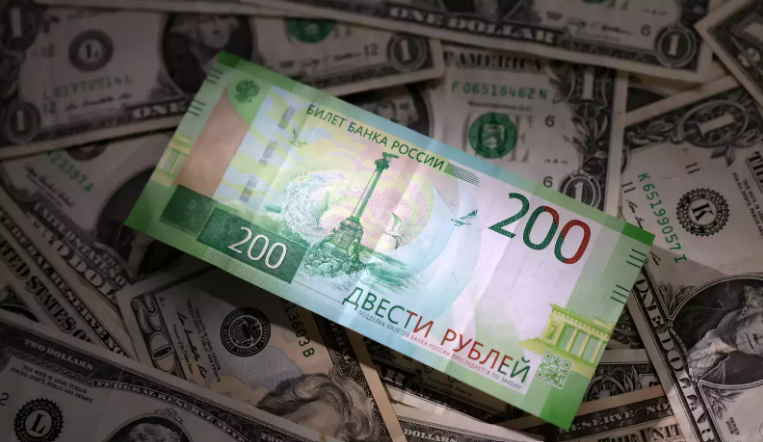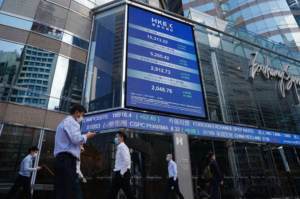The Russian rouble initially fell below 100 against the dollar but later recovered slightly during early trading on Tuesday. This decline was attributed to foreign currency outflows and a decreasing current account surplus in the country.
In the past, a similar drop in the rouble had prompted the Bank of Russia to implement an emergency interest rate hike. At the moment, the rouble had strengthened to 99.58 against the dollar, recovering from its low point of 100.2550. It also showed improvement against the euro and remained stable against the yuan.
The price of Brent crude oil, a significant factor for Russia’s exports, had dipped but was still above its average for 2023. Despite short-term pressures on the rouble at the start of each month, including the absence of favorable tax support for exporters, factors such as expensive oil and a higher key interest rate were contributing to a better outlook for the rouble.
However, analysts suggested that the rouble might continue to face challenges beyond 100 to the dollar unless additional support measures were introduced by the authorities.
In August, President Vladimir Putin’s economic adviser criticized the central bank as the Russian rouble dropped to 101.75 per dollar, attributing the decline to the bank’s loose monetary policy, revealing internal discord. The rouble’s value at 100 against the dollar was seen as a significant psychological barrier, with experts suggesting that conditions currently favor further depreciation.
After an emergency rate hike in August, the central bank raised rates again in September to 13%. Analysts predict that the central bank, grappling with persistent inflation, is likely to implement further monetary tightening measures at its next scheduled meeting on October 27.
The rouble’s trajectory has been volatile since Russia’s invasion of Ukraine in February 2022. It hit a record low of 120 against the dollar in March of that year but later rebounded to a more than seven-year high, supported by capital controls and increased export revenue. However, due to declining exports influenced by Western sanctions and shifting trade patterns, coupled with increased imports this year, the rouble has weakened.
Russia’s current account surplus contracted by 86% year-on-year to $25.6 billion in January-August.
(Source: Lidia Kelly | Alexander Marrow | Kim Coghill | Stephen Coates | Andrew Heavens | Reuters)









